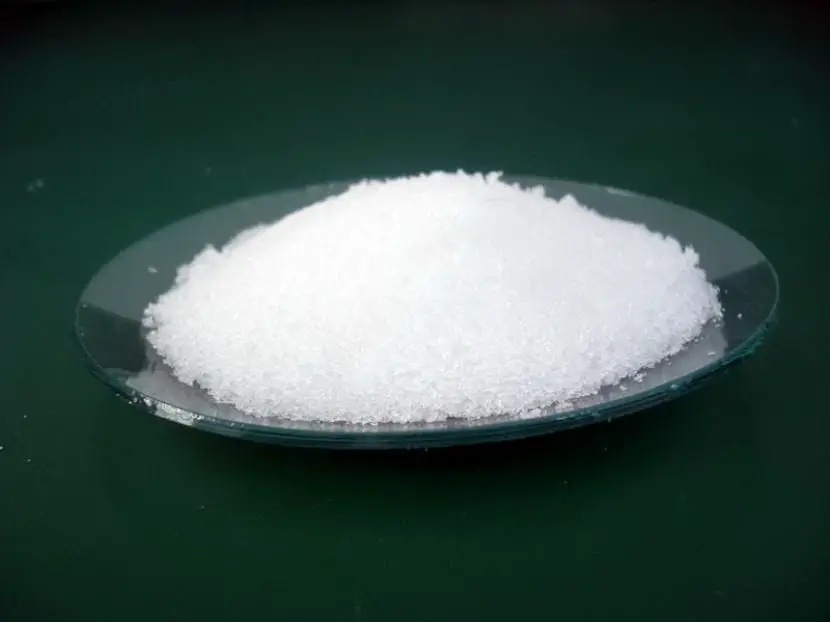

Image – All BIZ
Ammonium sulfate is a highly recommended fertilizer to improve the characteristics of clay soils. Due to its appearance, we might think that it is actually a product with the same side effects as salt, that is, that wherever we put it, the plants would dehydrate, but we would be wrong.
If you want to know how to use it correctly to pay, do not stop reading.
What is ammonium sulfate?


This sulfate, which is also called sulfur or ammonium salt, It is a chemical fertilizer that meets nitrogen needs and also increases the availability of phosphorus and micronutrients.thus allowing the correct growth of the plants. It is composed of ammonium and sulfur as sulfate, which has an acid pH, so it is advisable to apply it on limestone and clay soils.
Ammonium sulfate it has 21% ammonia nitrogen and 24% sulfur in the form of sulfate. Its physical presentation is of fine solid crystals of white, beige or grayish color. Its solubility in water is 76g / 100ml of water at 25ºC.
What are its benefits?
It is a fertilizer that has several benefits for our plants. They are:
- It has sulfur in the form of sulfate, which is the only form that plant roots can absorb immediately.
- Increases the profitability of crops.
- It contains nitrogen and sulfur, essential nutrients for the formation of chlorophyll.
- It can be mixed with other fertilizers.
How to use it?


Ammonium sulfate is used to improve clay or limestone soils, so if your plants do not grow well in this type of soil, you can add a handful and spread it evenly. But you must bear in mind that, as it has a lot of nitrogen, it should not be added if the horticultural plants are already bearing fruit, since doing so would consume more energy in the production of leaves.
Did you know this fertilizer?
